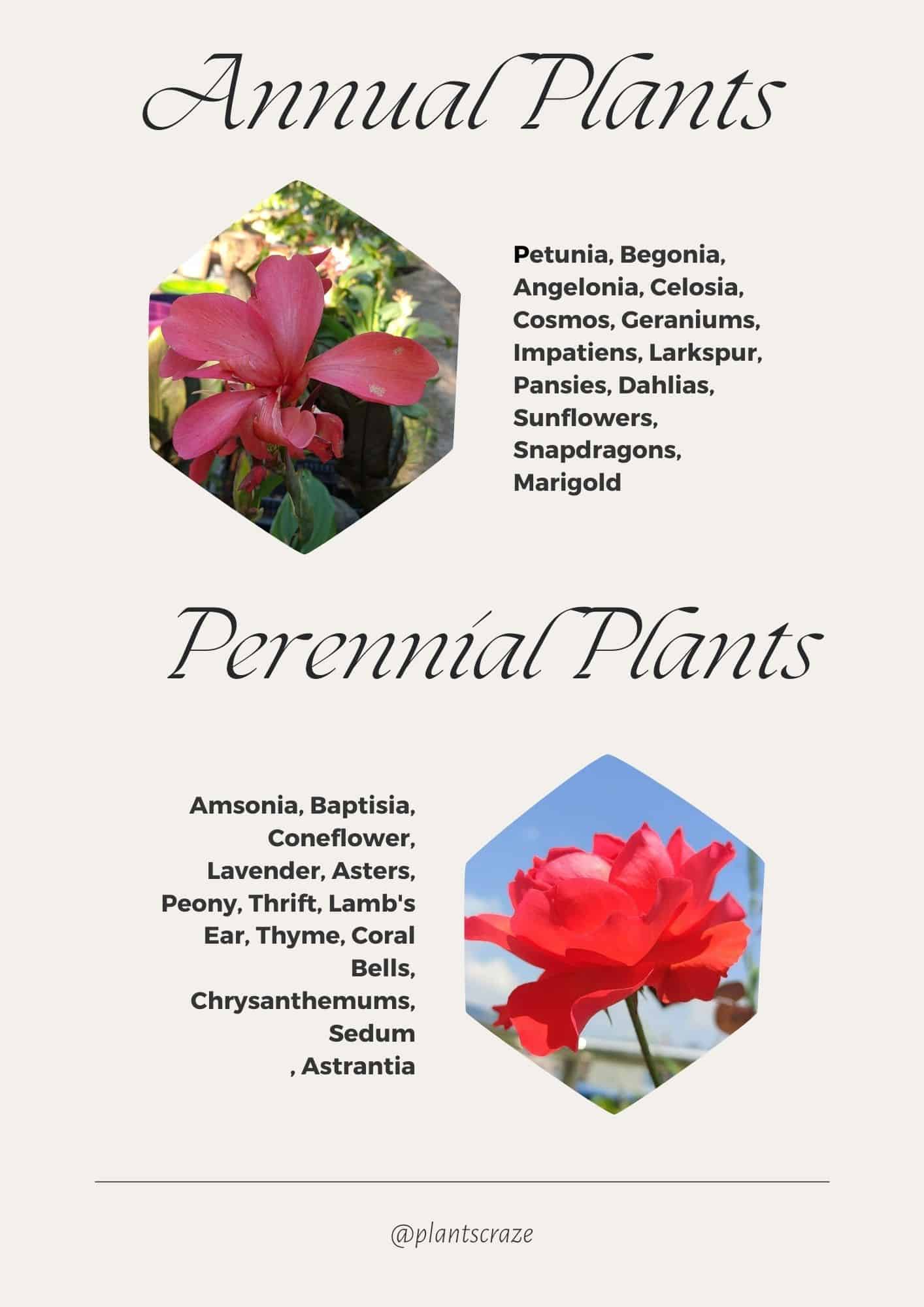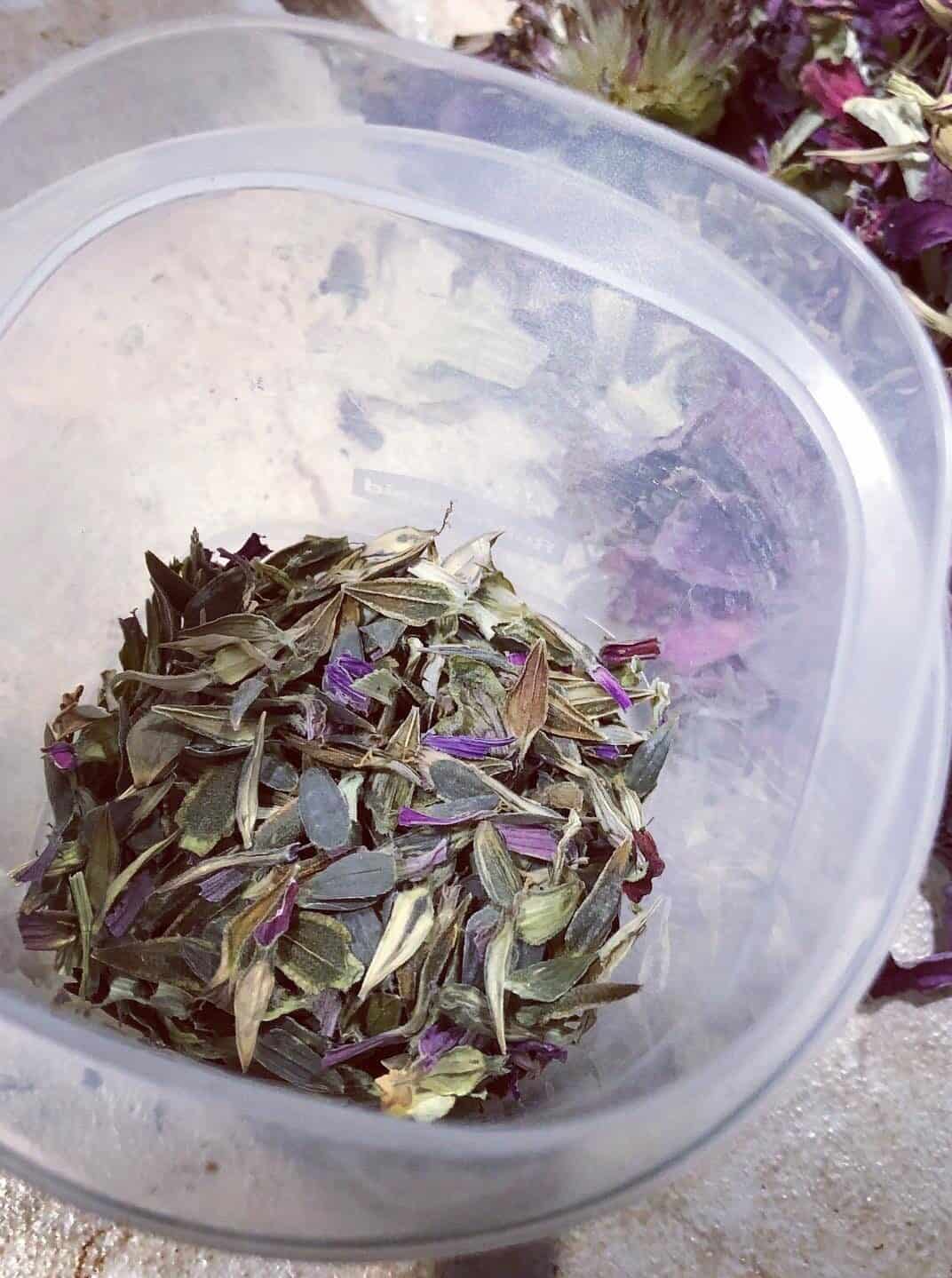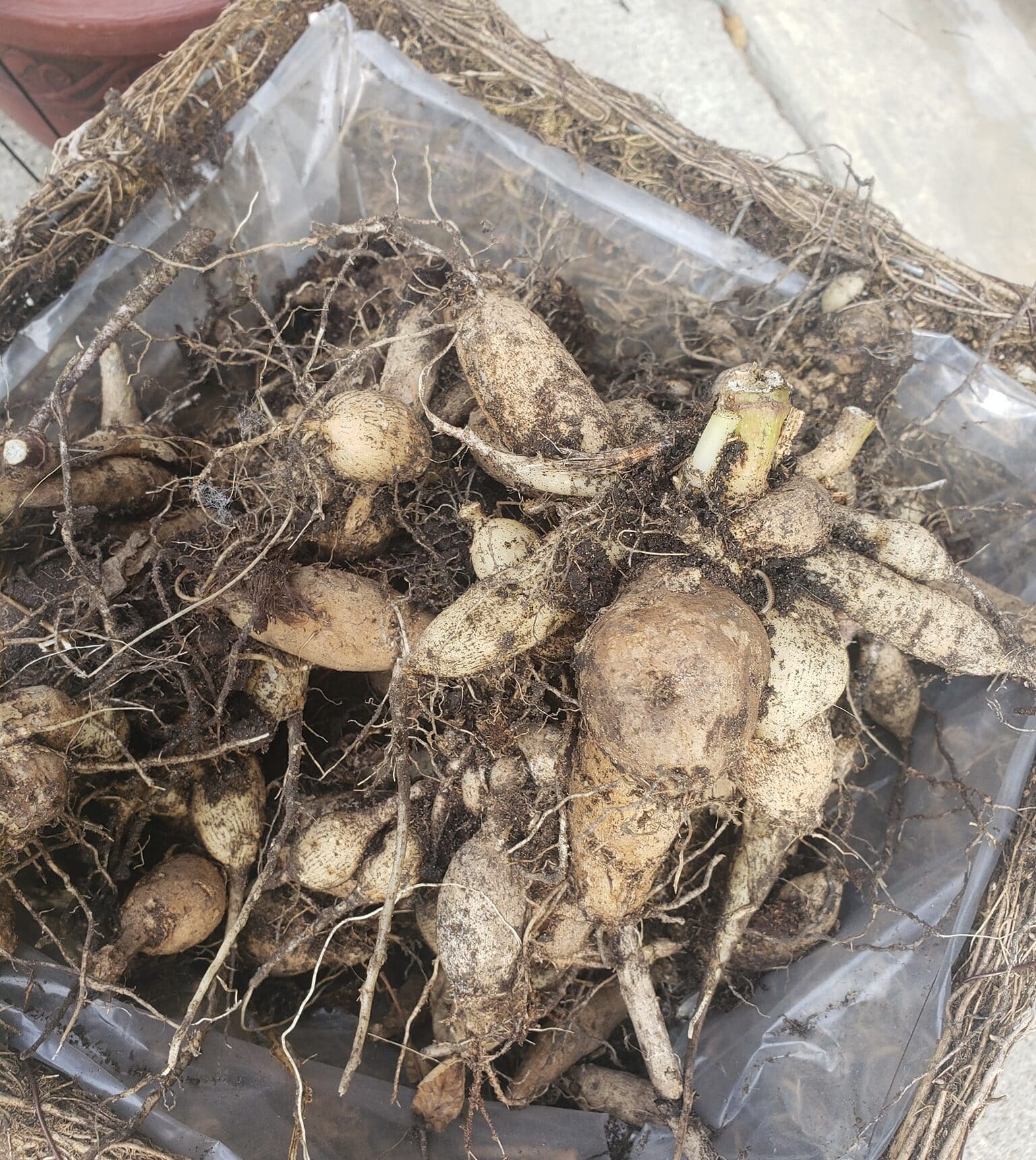“Are Zinnias perennials?” I ask myself whenever my Zinnias die early, even before spring’s first gleam, but it seems I planted them in the wrong climate all along!
But I was instantly happy after discovering Zinnias quickly regrow using seeds or underground bulbs.
So, dive right in if you want to grow Zinnias in your garden and want to know about their nature in detail.
Table of Contents Show
What are Annual and Perennial Plants?
Annual or Perennial represents the life cycle or lifespan of every plant. So, if you are a gardener, you must know what kind of plant you are growing.

However, perennials will die off once they reach the end of their specific lifespan, but they have underground modified root or stem systems to help them bounce back in spring.
Other noticeable differences between annual plants and perennial plants are mentioned below.
- Due to a lower lifespan, annual flowers have longer blooming seasons than perennials.
- Perennial plants have a long list of care demands, and they are difficult to grow unless they are growing in their native zone.
- Most annual plants can self-sow and return in the next growing season, while perennials regrow from their roots or underground stems.
Are Zinnias Perennials or Annuals?
In most growing zones, Zinnias are annuals rather than perennials.
So, they flourish during the warm season and wither away after the severe frost.
On the other hand, Zinnias behave as perennials in a warmer climate and are considered perennials, particularly in USDA zones 9-11.

Zinnias’s upper shoot part will die yearly, but the underground part may remain alive.
Many gardeners choose to remove the roots to provide space for other plants.
But before their death, they have a high chance of reseeding the garden again.
Almost all varieties, like Prarie or Rocky Mountain Zinnias, Giant Zinnias, Zahara Zinnias, Magellan Zinnias, Profusion Zinnias, etc., are perennial in growth zones 9 to 11.
See the table below to know which Zinnias grow best as annual and perennial.
| Annual | Perennial |
|---|---|
| Zinnia haageana | Zinnia acerosa |
| Zinnia elegans | Zinnia grandiflora |
| Zinnia angustifolia | Zinnia anomala |
| Profusion Zinnia | Zahara Zinnia (in zones 9-11) |
| Magellan Zinnia | Giant Zinnia (in zones 9-11) |
How and When to Plant Zinnia Seeds?
Zinnias are not too much needy when it comes to their care and their seeding needs.
Even without help, they can quickly fill your garden as they can self-sow.
Their flowers dry up at the end of their life cycle, leaving the seeds in the process.
You can save the seeds for next year by keeping them inside labeled paper bags after drying them or plant them instantly.

For better results, you can start the seeds indoors for 4-8 weeks before the frost ends.
To plant Zinnia seeds properly, follow the steps below.
- Get your Zinnia seeds from spent blooms during fall, or buy them online if you are just starting.
- Prepare a garden bed with suitable soil and water it thoroughly a day before planting the seeds.
- Sprinkle the seeds over the soil, keeping a distance of about 6-12 inches between each seed.
- Press the seeds at least 1/4 inch deep in the soil with your thumb.
- It’s ideal for sowing the seeds in individual planters to prevent overcrowding.
- Set the soil temperature around 70-80°F and offer the seeds 6-8 hours of direct sunlight (indirect is also fine).
- Depending on the variety, you will witness the seed turn into seedlings in about 4-24 days.
- If you are growing the seedlings in starter trays, transplant Zinnias in the garden soil or 6-12 inches larger and deeper terracotta pots 1-3 weeks after germination.
- You may have to wait a month or more to see the blooms.
If you want to grow the Zinnias indoors in pots, you can experiment with Dwarf Zinnia varieties like Dreamland Mix, Magellan Mix, etc.
Check the following video to learn about the planting process of Zinnias from seeds.
Growing Zinnias from Cuttings
You can also grow mature Zinnias from healthy non-flowering stem cuttings in summer if you run out of seeds.
- Take an 8-inch long healthy stem or a flower stalk.
- Remove all the leaves close to the base to expose the leaf nodes.
- Get a glass jar of rooting hormone water and plunge the cuttings without submerging the leaves.

- Place the jar in a warm location with indirect bright sunlight, such as an east-facing window.
- Change the water every 3-5 days, and in about 5-10 days, you will witness roots forming on the base.
- Then, you can plant the cuttings root-deep directly in the potting soil.
Tips to Grow Zinnia as Perennial
Follow the tips below to provide optimum care for growing your Zinnia as a perennial plant.
- Zinnia prefers full, bright sun for at least 6-8 hours daily throughout its growing season.
- Ensure the top 1-2 inches of the soil is moist and water every 5-7 days in spring and summer.
- Keep the temperature around 60-84°F at all times, and use frost blankets to protect the plant if the temperature drops.
- Place your Zinnia about 3-4 inches under a grow light for 12-16 hours if there is no adequate sunlight.
- Provide your Zinnia with moderate humidity of 30-50%.
- Zinnia prefers fertile, well-draining soil full of organic matter with a pH between 5.5 and 7.5.

- As heavy-feeding plants, you must provide a balance of 10-10-10 liquid fertilizers every 1 to 2 months for Zinnia.
- Groom Zinnias to promote aggressive growth. Deadhead old blooms and leaves often once it reaches 10-12 inches tall.
- Uproot the bulbs, dry them in the open air, and store them in mesh bags over winter after the shoot withers down.
- Check for the signs of aphids, whiteflies, and spider mites, and spray neem oil on the foliage to control them.
- Watch out for diseases like bacterial leaf spots and powdery mildew, and treat them quickly using copper fungicides.
From Editorial Team
Although most Zinnia varieties are annuals, some may act more like perennials depending on the USDA Zones.
So for growing Zinnia of your liking, consider planting the varieties that can easily flourish in the climatic conditions of your region.


